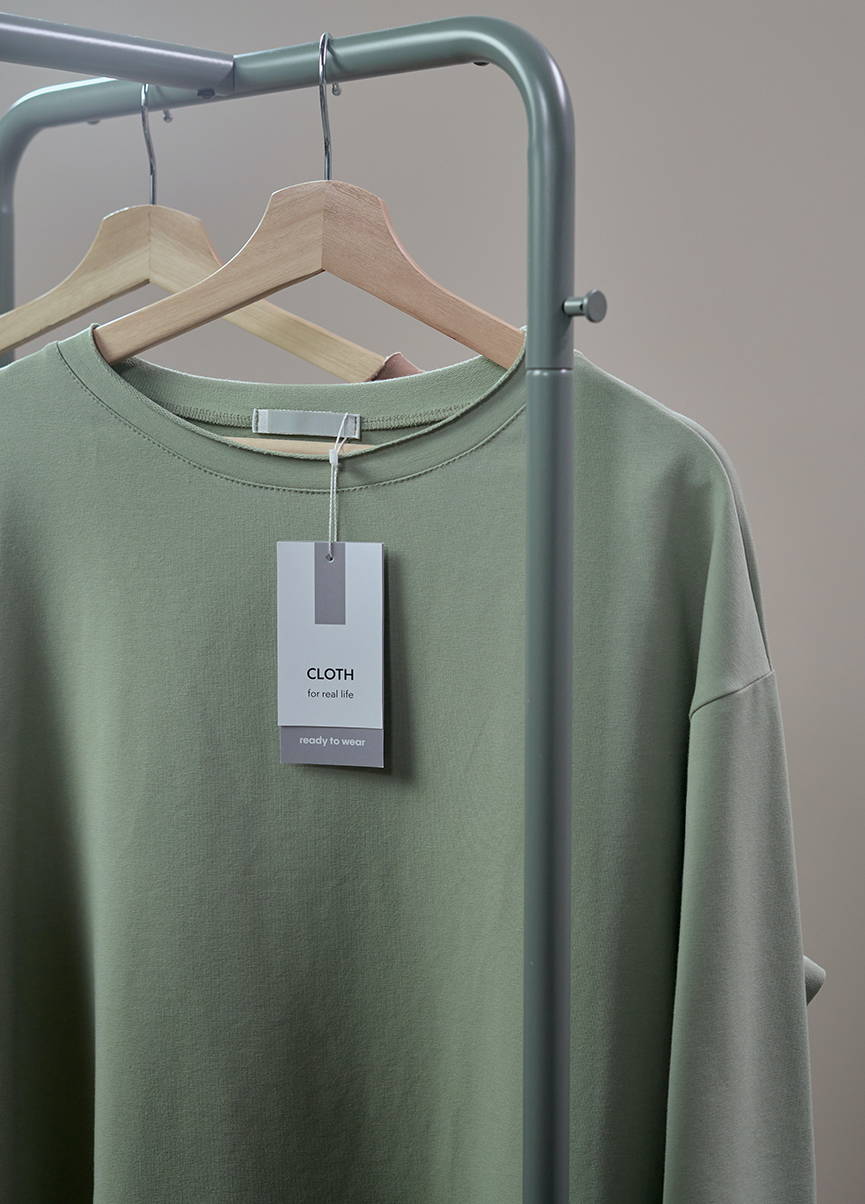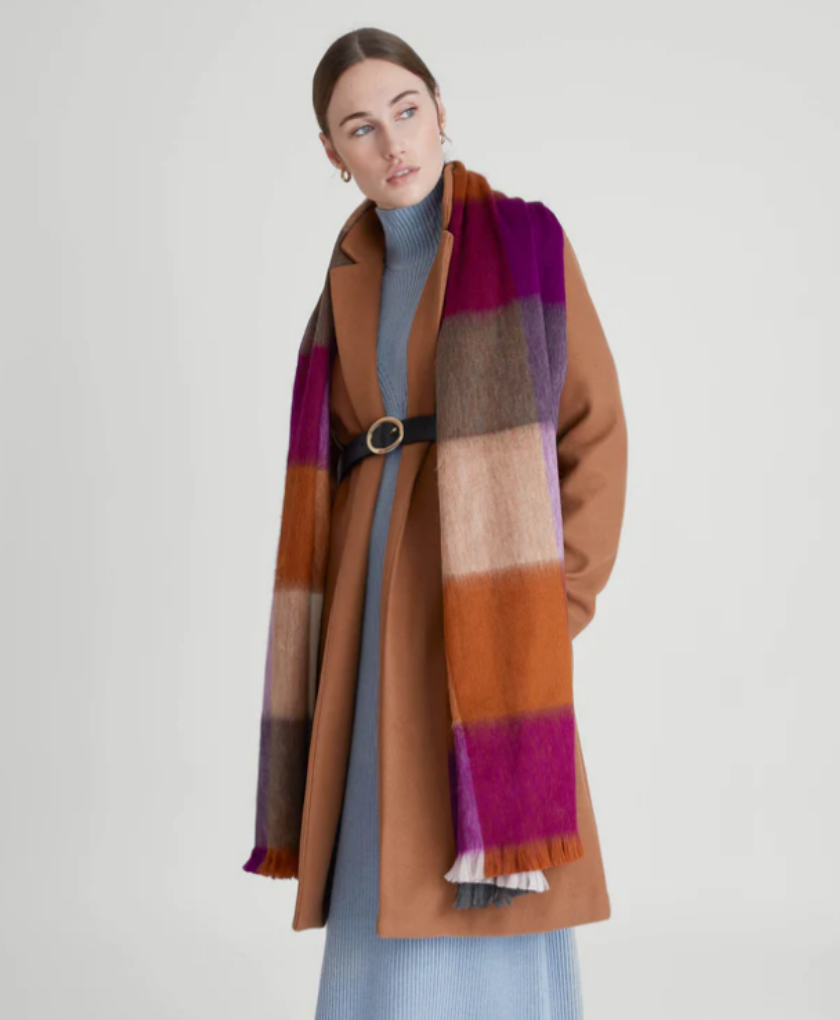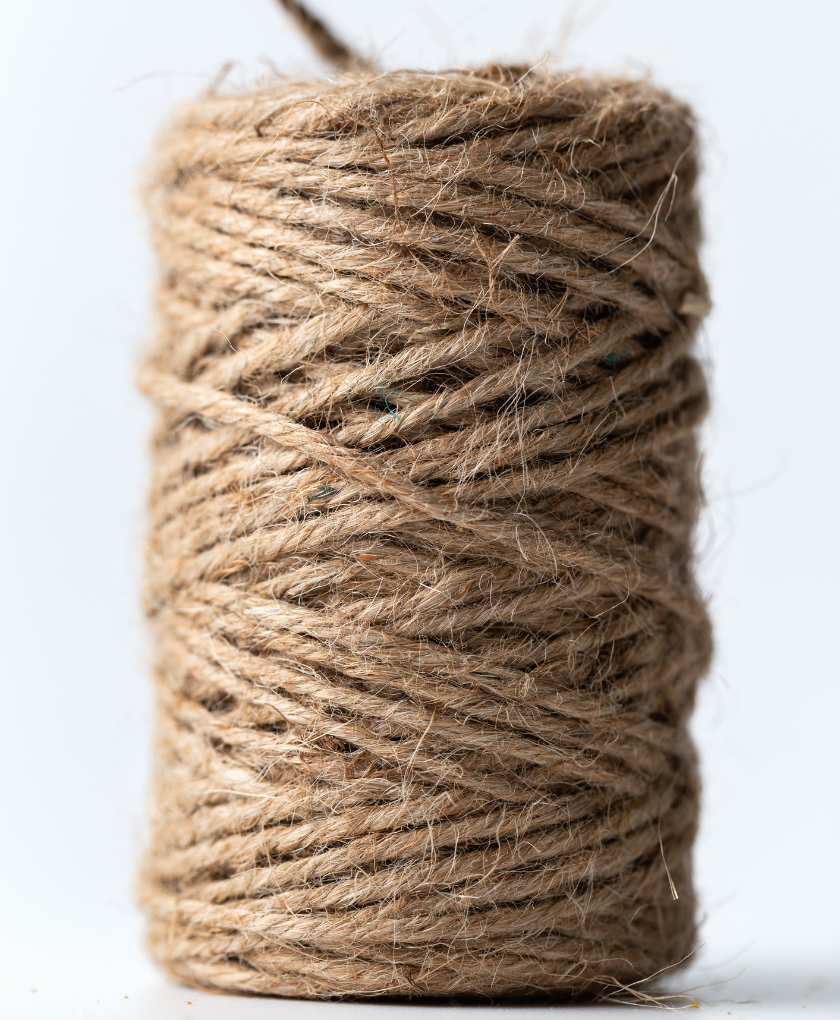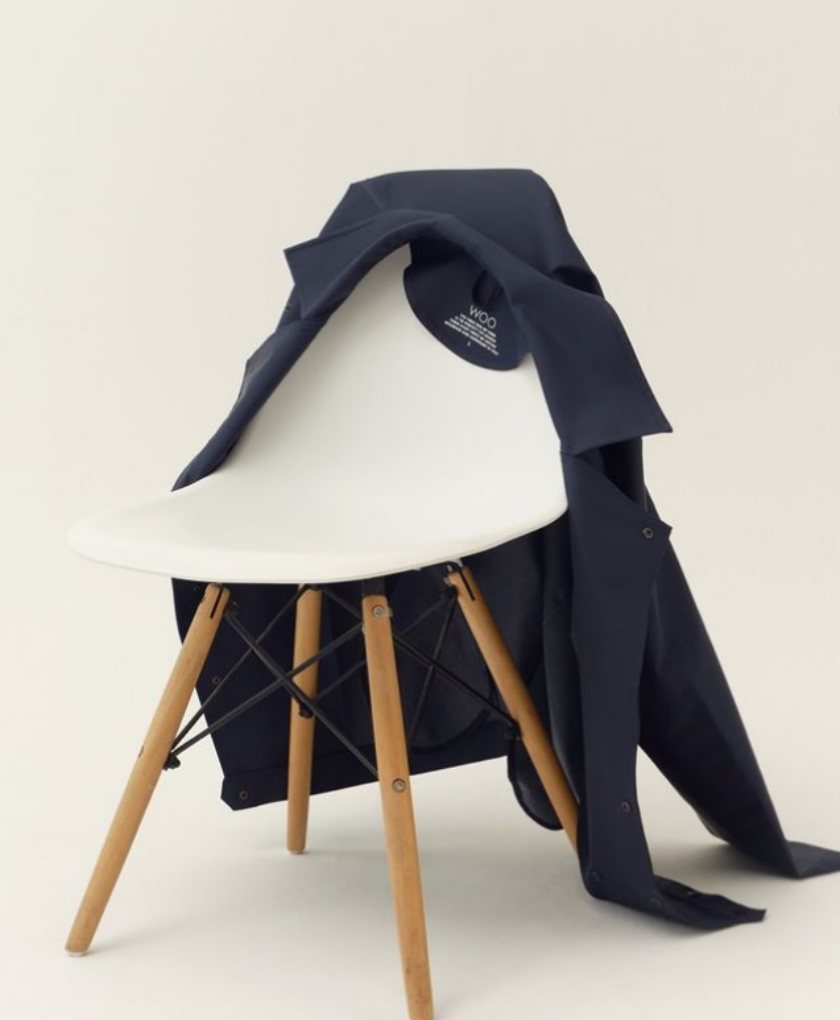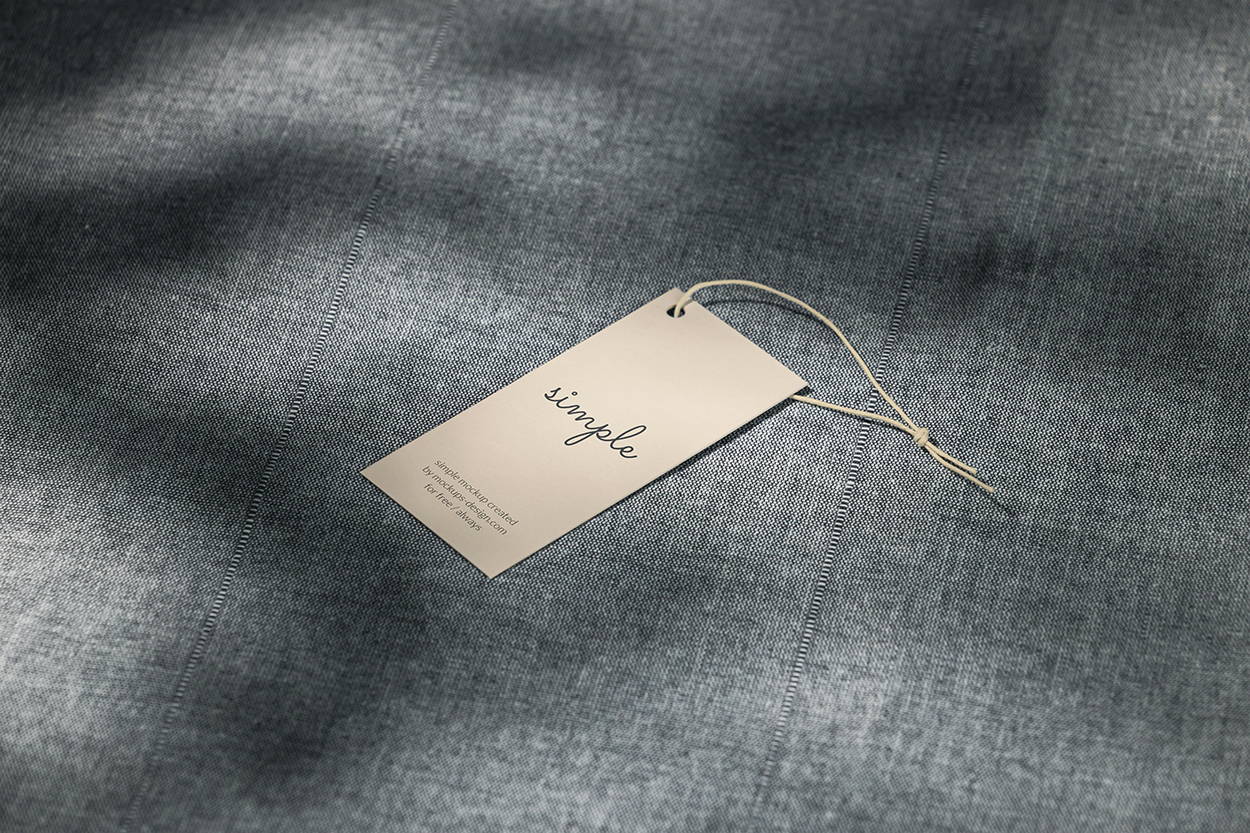
#editorial
How to label materials in the fashion industry
August 1 '22
5 minutes
Words by Florencia Rojas Dezerega
Fashion impact
We know that fashion has implications in the way we show our personality and express ourselves. However, the way we dress, and the materials involved in what we wear, cause a relevant impact on the planet.In fashion, we often talk about sustainable materials to refer to fabrics or fibers created with eco-friendly resources. However, there are different kinds of raw materials that can be used to create a piece of fashion, which can be sustainable or not. Let's dive into details. We can define three main categories of materials involved in the fashion industry: natural, synthetic and semi-synthetic.
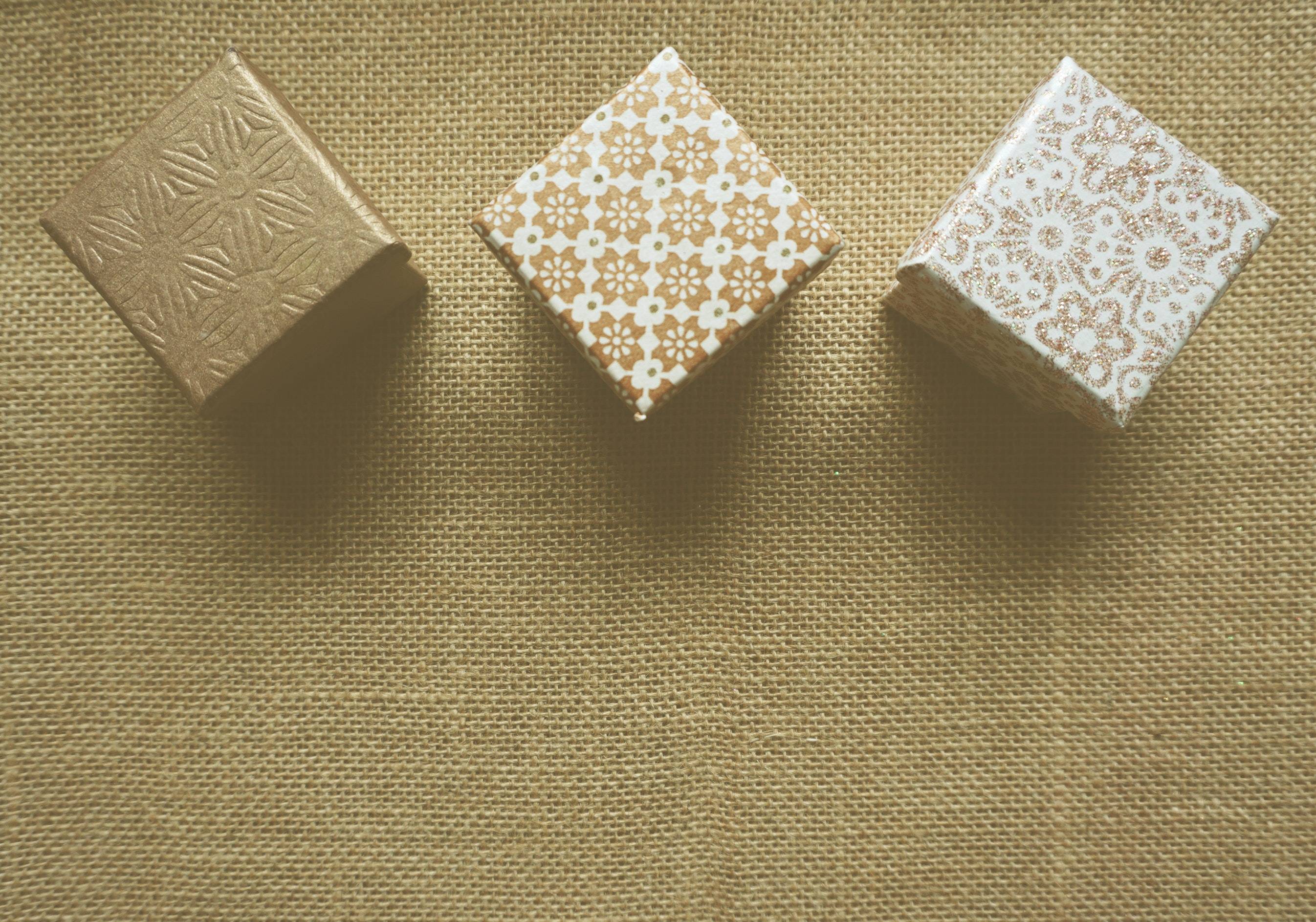
Hemp - photo by Photoscc
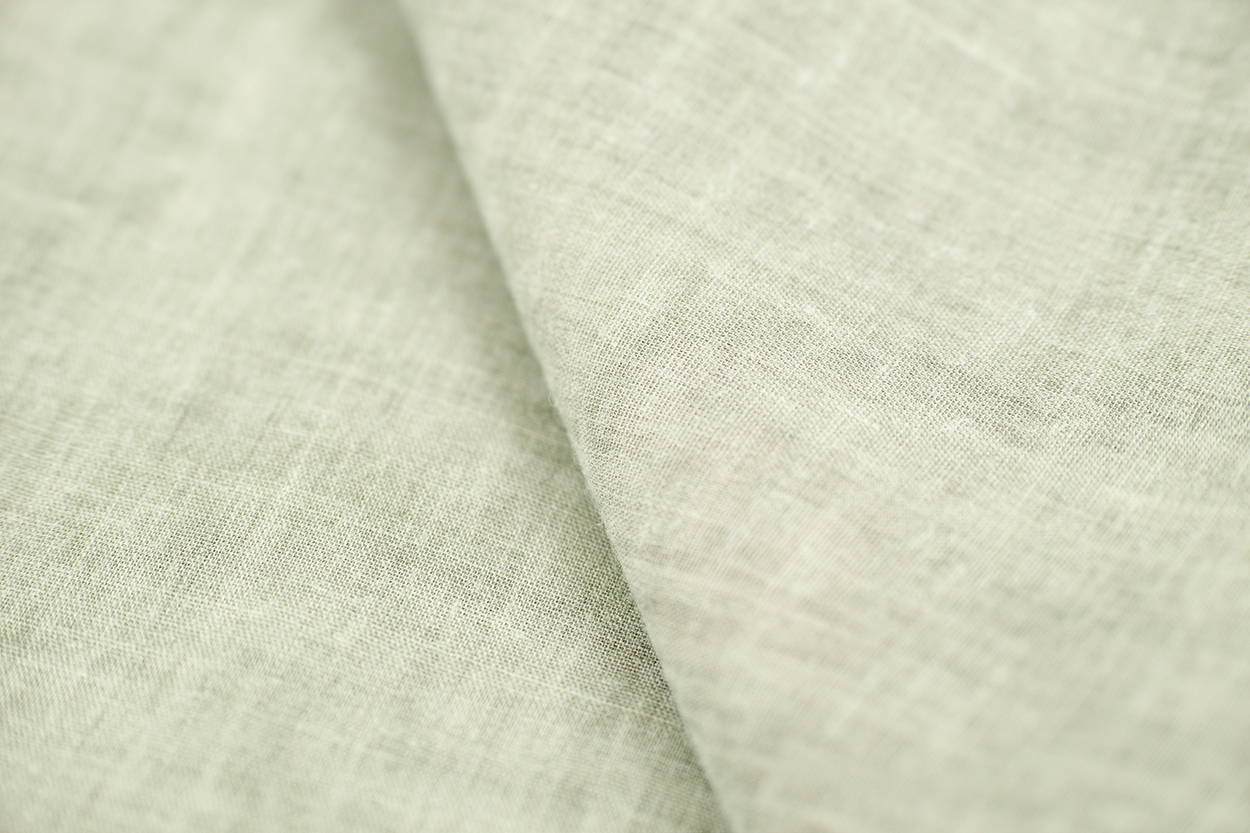
Linen - photo by Engin Akyurt
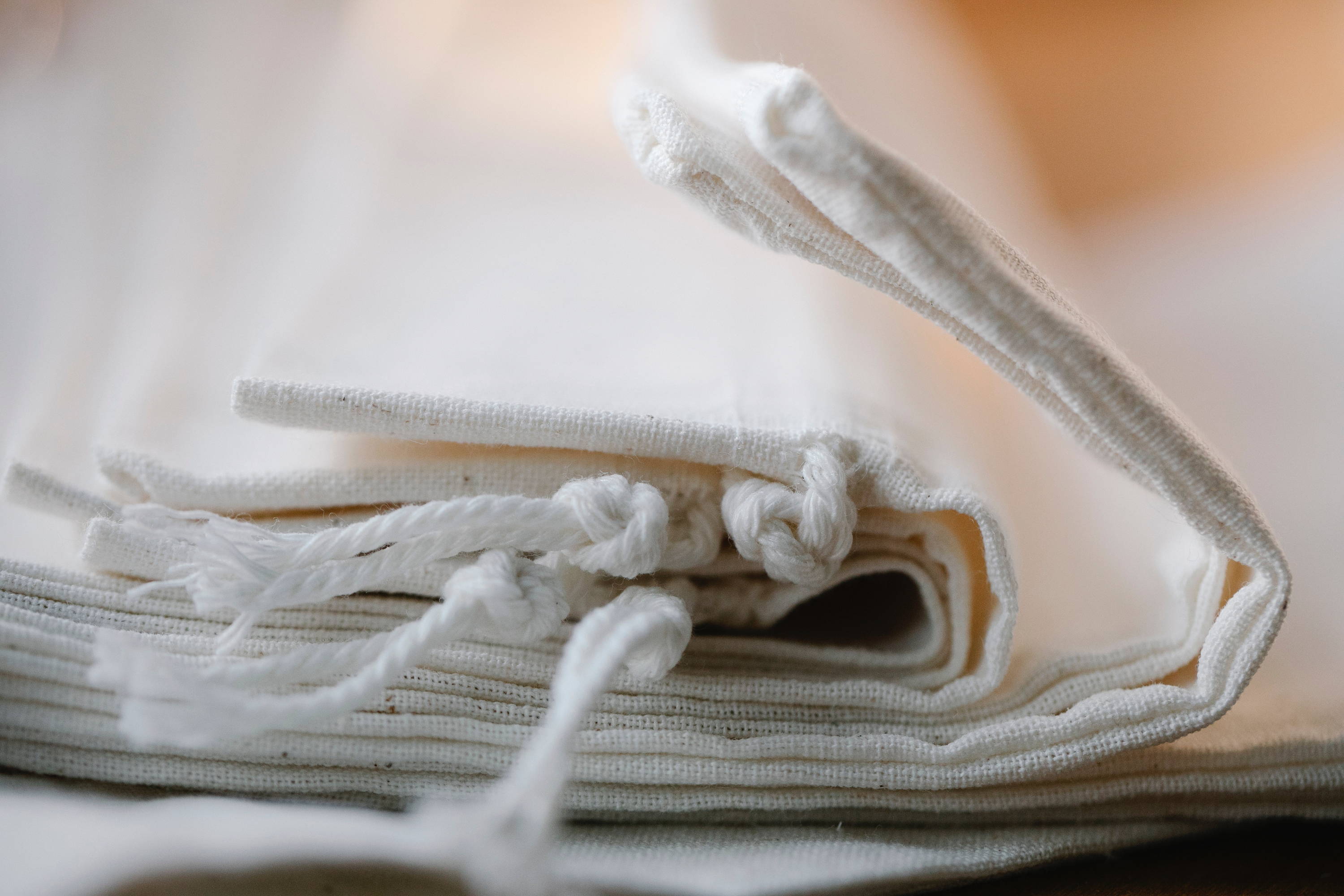
Organic cotton - photo by Sarah Chai
As the name suggests, these fabrics come from nature, this means that the main resource used to create natural materials come from living beings. This could be a surprise for you: natural materials are not necessarily vegan. There are indeed two subgroups of natural materials. On the one hand, there are materials of vegetable origin, such as hemp, raffia, cotton or linen. On the other hand, materials can also come from animals, such as silk, cashmere or wool.
Therefore, to achieve more conscious consumers’ behaviors, it is of crucial importance considering different factors in the purchasing process, such as the water consumed in production, the country in which it was manufactured or the amount of pesticides or chemicals needed to make the fabric. For instance, even though a cotton t-shirt may seem like it comes from sustainable fibers, it is not unless that cotton fiber is organic.

Photo by Kevin Malik

Photo by Miriam Alonso
Did you know that the production of one t-shirt made from (not organic) cotton requires 700 gallons of water? Furthermore, this fabric requires the use of many pesticides and fertilizers that often pollute the production fields, used also for farming purposes. Is better to use linen or hemp products, these fibers are rapidly renewable and require a few or zero pesticides! Linen uses 60% less water than regular cotton, also it does not erode the soil where it was planted and it can even rehabilitate polluted soil. Hemp is even better. It uses 73% less water than cotton and it can be recycled from 7 to 8 times.

Photo by Eva Bronzini
Another example of which fibers to use, comes from our winter closet: sweaters are probably everyone's favorite closet item, however not everyone knows that in terms of environmental impact, it’s better to avoid cashmere and actually use sheep and alpaca textile products. The reason behind this is that goats (from where cashmere comes from) eat grass from the root, damaging the soil and over exploiting the ecosystem. Instead, sheeps and alpacas just eat grass from the surface and consume little water compared to goats. While we wait for experts to find a better way to avoid overgrazed land caused by overproduction of cashmere, it is better to have this in mind.
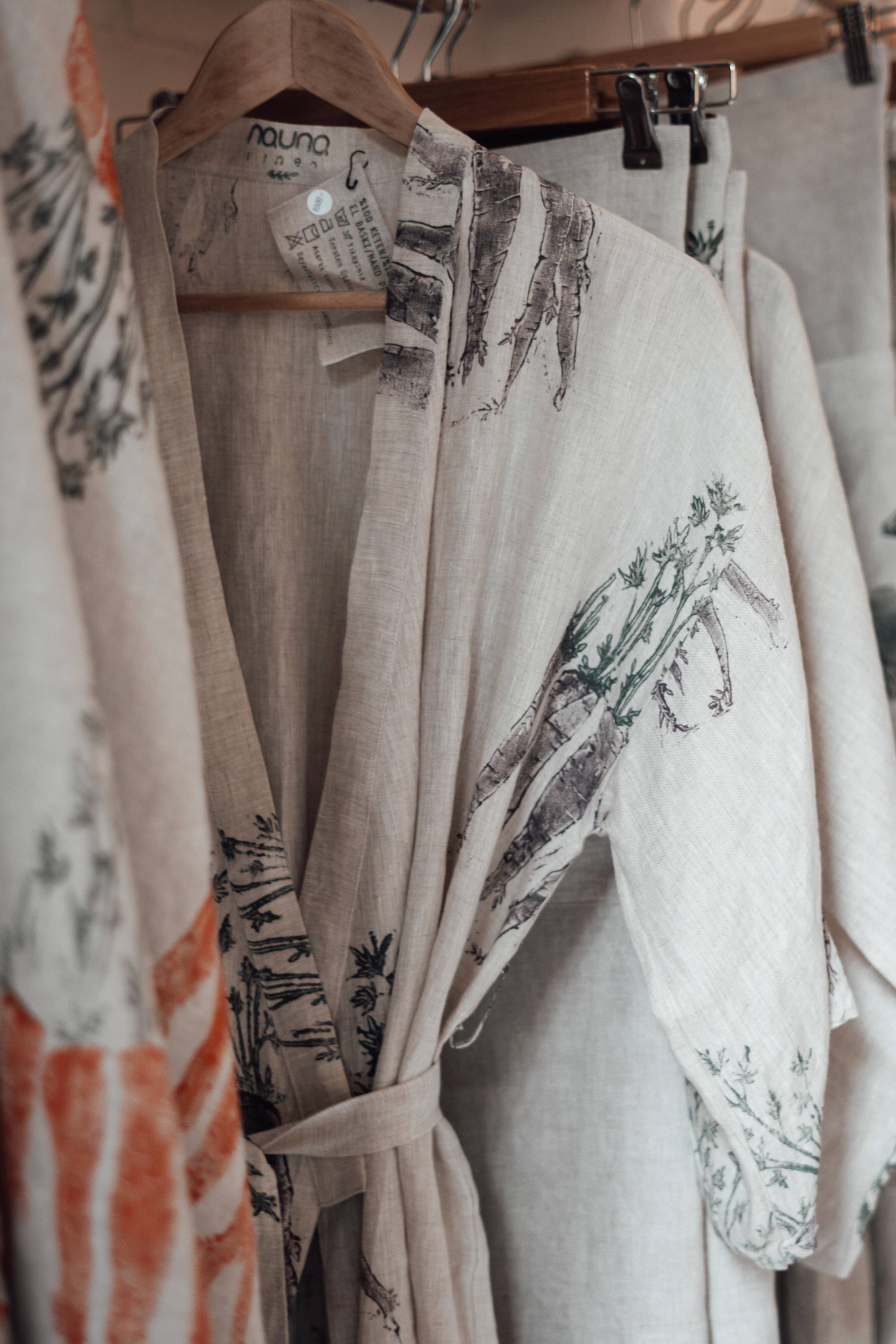
Photo by Furkanfdemir
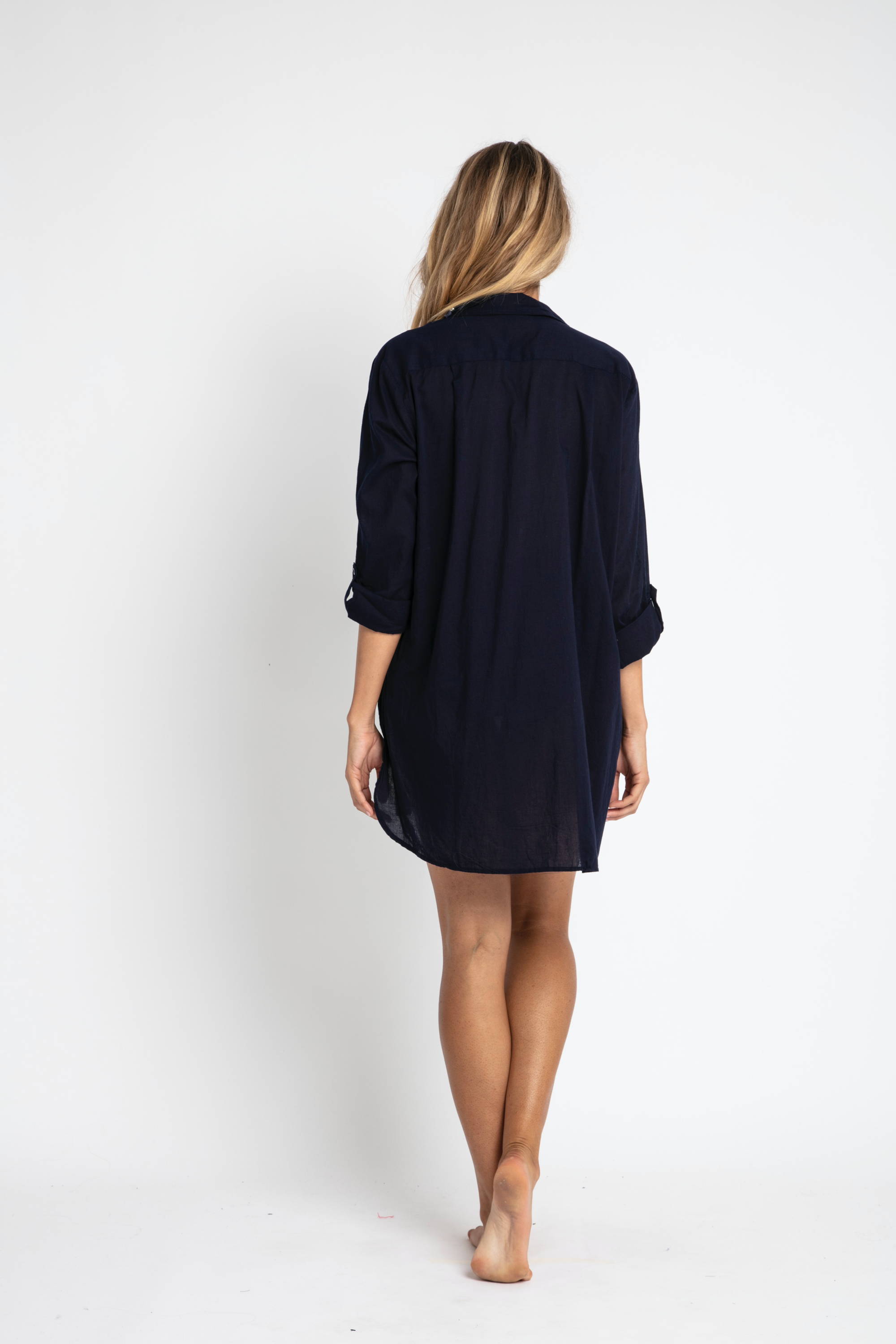
Photo by Shawon Ahamed
Semi-synthetic materials
This kind of material is a mix of the ones mentioned above. The original source used to create these fabrics is natural, mainly wood. However, to transform that primary resource into rayon, lyocell or viscose, it is necessary to process it with synthetic resources.
Bamboo is a great example of semi-synthetic materials. The natural part involved in the production of the fabric is indeed bamboo, but there are also some chemicals involved. Many companies in the fashion industry often label products made with this fiber just as “bamboo”, when it should be transparently claimed “bamboo-based rayon”.
TENCEL is one of the best sustainable semi-synthetic materials. This fabric is made from wood pulp certified by the Forest Stewardship Council, an NGO that promotes responsible management of the world's forest, which ensures less-toxic chemicals involved in the process. This is due to the particular trees’ species used in the process, eucalyptus, which do not need irrigation, fertilizers or chemicals to grow quickly.
Although semi-synthetic fibers are better than petroleum based ones, we prefer to go natural all the way, selecting pieces which do not harm the environment throughout the supply chain. Learning how to label materials in the fashion industry is your first step to make conscious decisions when buying products. Don’t forget to look at the clothes’ labels!





